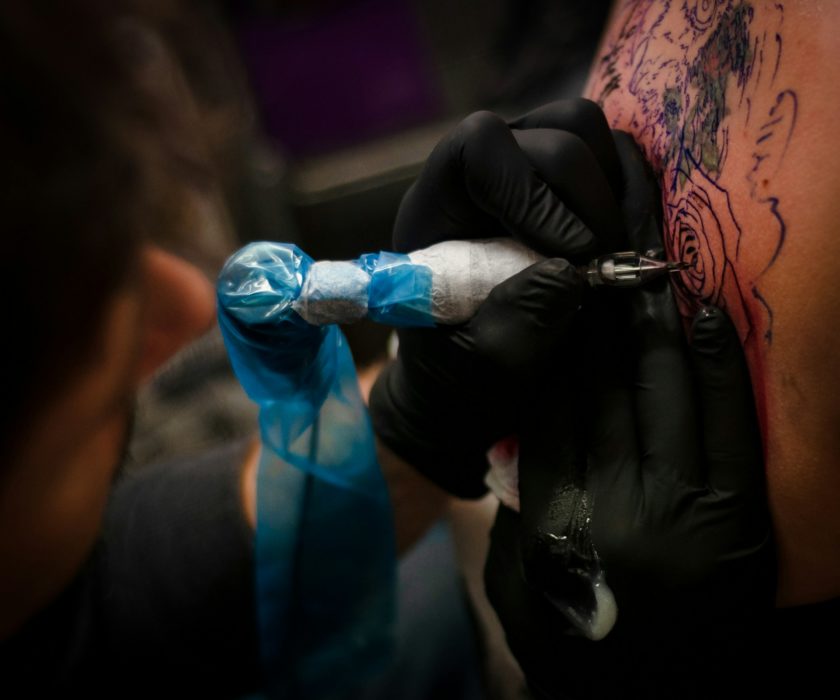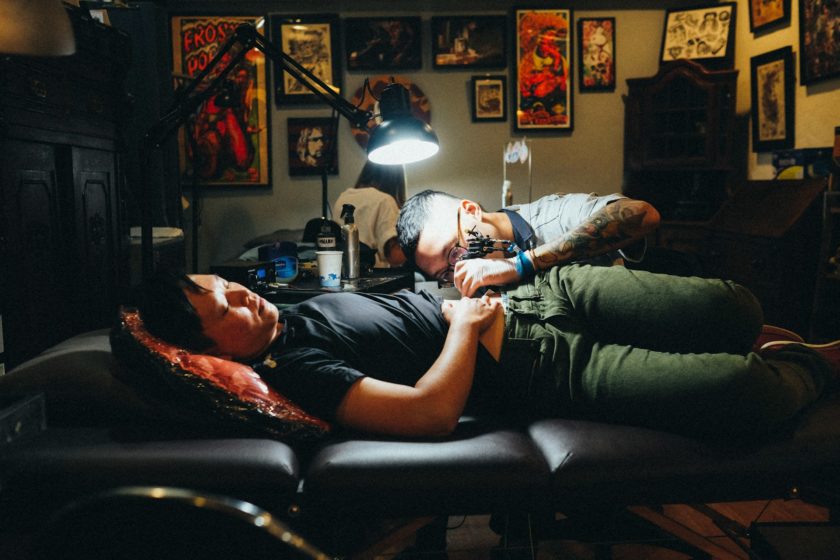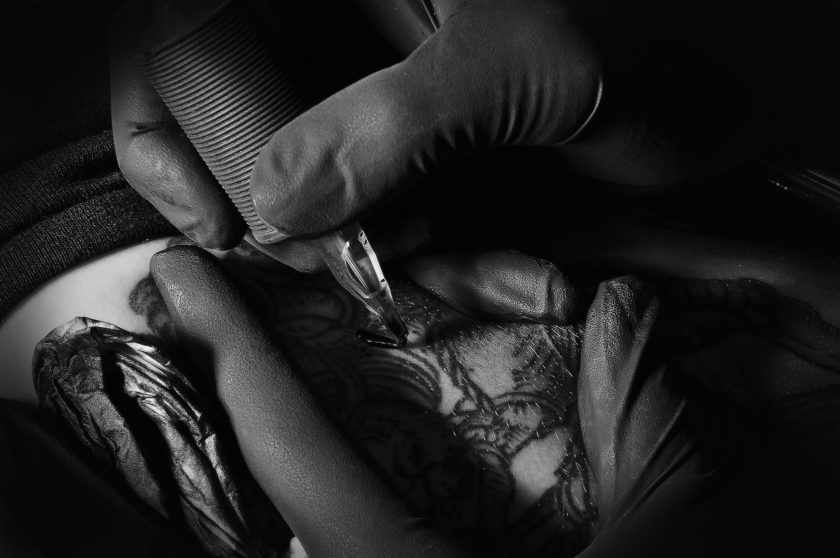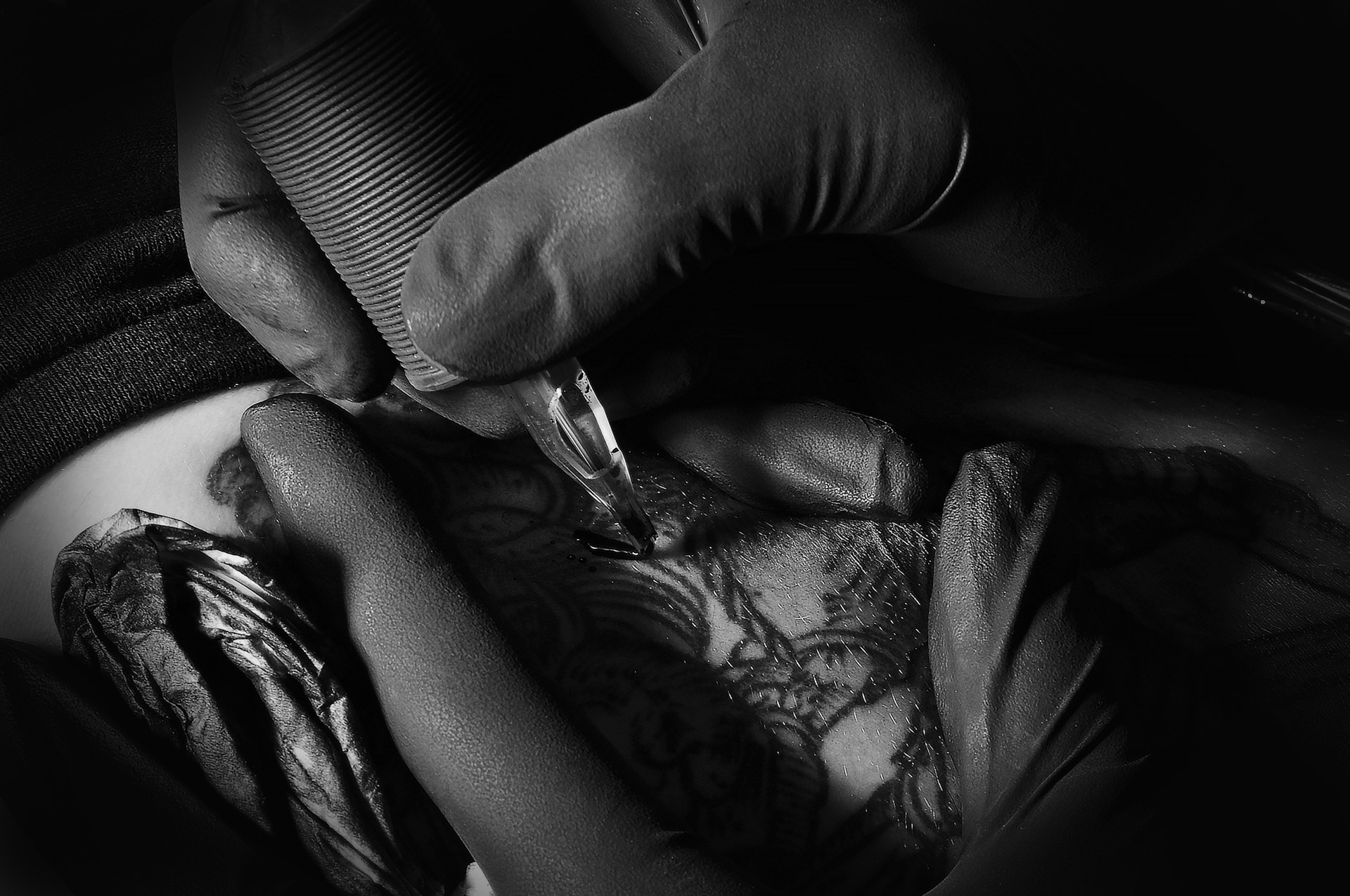Tattoos are more popular than ever, but with their rise comes the need to understand the inks used in the process. Recent changes in European regulations have banned certain pigments and chemicals in tattoo inks, raising concerns about their safety and potential health risks.
This article explores why these inks are banned, the possible dangers of certain ingredients, and what you need to know to protect your health before getting a tattoo. By being informed, you can make safer choices and enjoy your tattoo with peace of mind.
The European Ink Ban

In recent years, the European Union has banned certain chemicals and pigments used in tattoo inks due to concerns about potential health risks. Under the REACH regulations, pigments like Blue 15 and Green 7, which are common in many inks, have been identified as potentially hazardous, with links to skin reactions, allergies, and even cancer.
This ban has significantly impacted the tattoo industry, as artists now face challenges in finding alternatives that meet the new standards. While some worry that the ban could push the industry toward unregulated practices, it also highlights the need for safer tattoo practices and greater awareness of the ingredients in tattoo inks.
At the time of writing, the United States have not banned the same inks, though it’s likely that regulations following the EU’s new standards will be put in place.
Why Certain Inks are Banned

Tattoo inks are made up of pigments (the color), carriers (the liquid that moved the pigment into the skin), and additives, but not all of these ingredients are safe. Some pigments contain harmful heavy metals like lead, cadmium, and mercury, which can cause skin irritation, allergic reactions, and even more serious health issues like organ damage and cancer.
Additionally, certain organic pigments can release carcinogenic compounds when they break down in the body, posing further risks. Additives used to preserve the ink can also lead to chronic skin problems, especially in those with sensitive skin.
Also Read: 20+ Clever Tattoo Designs You Will Ever See
Pushback from Tattoo Artists
Tattoo artists have pushed back against the ban citing the fact that there is very little scientific research that the small amounts of these ingredients included in tattoo ink are cause for concern.
Additionally, many tattoo inks would most likely only become dangerous if broken down during the process of laser tattoo removal.
Many artists fear that potentially unnecessary regulations will cause ink companies to change their production processes, resulting in skyrocketing ink prices. Some ink companies have already seen this rise in cost.
Ink Particle Size Might Be the Real Problem
Recent studies have shown that tattoo ink is generally safe as long as the particle size is correct. If the particle size is too small, that’s when it can cause damage to individual cells, which is one of the causes of cancer. While the studies still need to be replicated, it gives rise to the idea that regulations should be focused on both particle size and the ingredients list.
Getting a Tattoo

If you’re concerned about the ingredients in your tattoo ink, feel free to ask your artist about what they’re using. Some artists have already switched to inks that are free from harmful substances like heavy metals and carcinogenic pigments. Some artists only use vegan ink. The most important thing is that your artist uses ink from a reputable tattoo supply company. If artists make their own ink, there’s a chance it won’t be sterile.
It’s also important to consult with a dermatologist if you have any skin conditions or allergies, and consider asking your artist for a patch test to check for adverse reactions (especially if your tattoo will have red ink in it as red causes the most allergic reactions). After getting your tattoo, monitor the area for any signs of allergic reactions or infections and seek medical advice if needed. By taking these steps, you can reduce health risks and enjoy your tattoo with greater peace of mind.
Also Read: 28 Tattooed Seniors Show You How Your Tattooed Self Will Look When You’re Older
Final Thoughts

Tattoos are a powerful form of self-expression, but it’s important to remember that they come with potential health risks, particularly when it comes to the inks used. Understanding the ingredients in tattoo inks and the regulations that govern their safety can help you make informed decisions that protect your health. The European ink ban has highlighted the dangers of certain pigments and chemicals, prompting a global conversation about the safety of tattoo inks. By researching the inks used by your artist, consulting with professionals, and staying vigilant about your skin’s reaction to tattoos, you can enjoy your body art with greater peace of mind.
Your health is as permanent as your tattoo, so taking the time to understand the risks and make safer choices is essential. Whether you’re considering your first tattoo or adding to an existing collection, being informed about the potential dangers of tattoo ink ensures that your tattoos remain a positive and safe experience for years to come.

